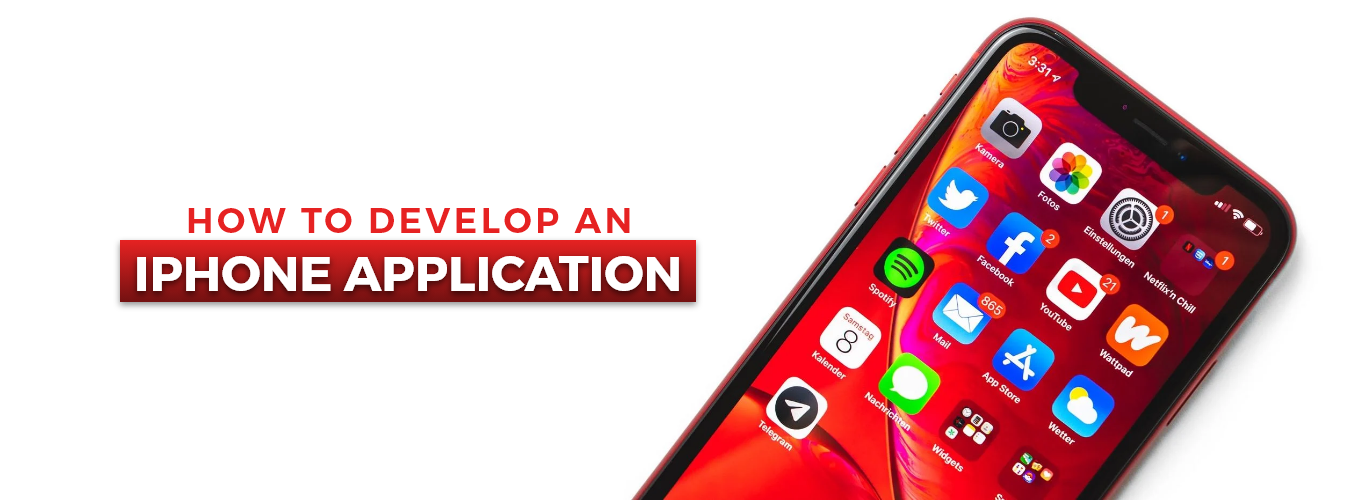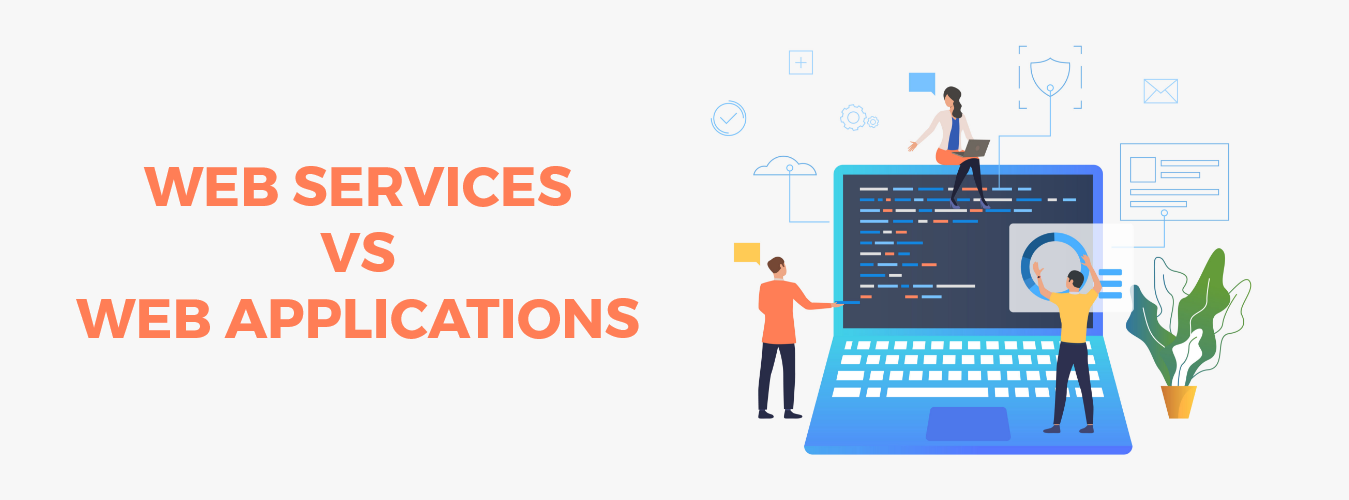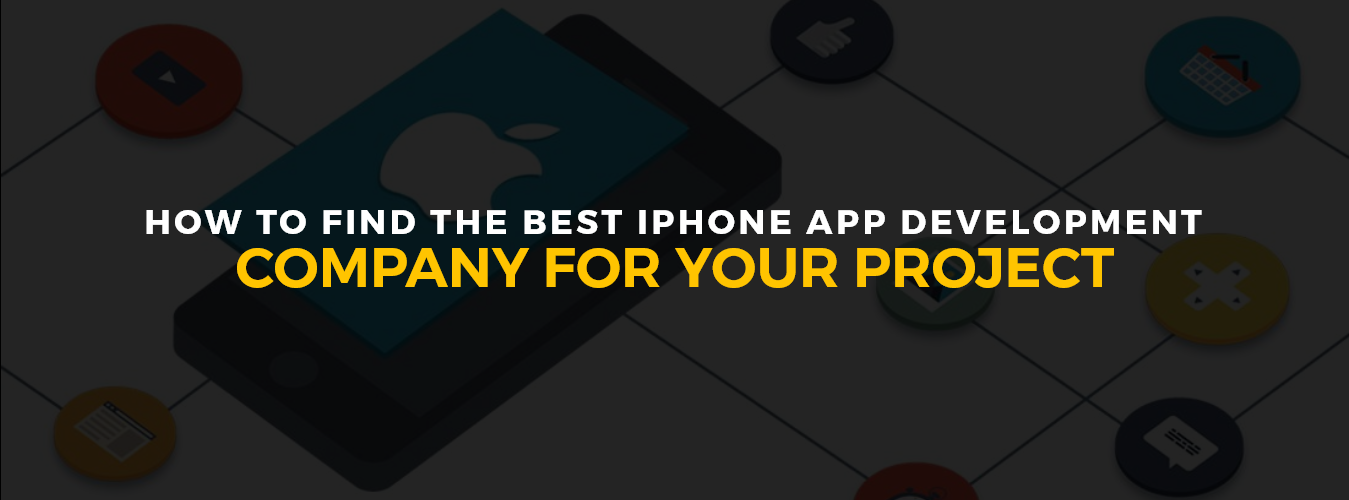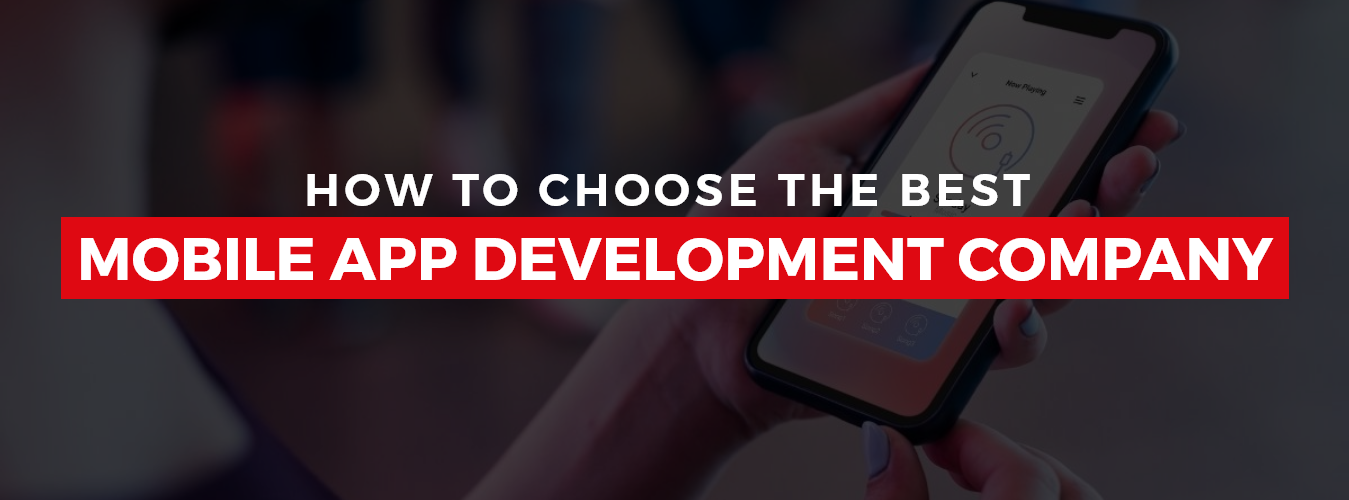Introduction
Millions of app developers are profiting from the popularity of the iPhone, one of the most popular devices available today. However, how does one create an iPhone application? First and foremost, you must think up a fantastic app idea. You must begin to develop iOS apps as soon as you have an idea. This includes determining the layout, features, and goal of your app. You must start creating your app once you have a plan.
Numerous programming languages can accomplish this, but Objective-C is the most well-liked. Once your app has been coded, you must test it to ensure proper operation. Finally, you must submit your software to the Apple Software Store for review. You’ll be well on creating a fantastic iPhone app if you follow these guidelines!
Crafting Your Ideal Mobile App/Experience Starts Here!
Ready to elevate your business? Your custom app is just a click away.
Yes Let’s goThe App Marketplace
It’s time to submit your software to the software Store for review after you’ve finished creating it. All programs, including iPhone apps, can be found in the App Store. Apple will check your app once you submit it to ensure it meets its quality requirements and is destructive code-free. Your software will be made accessible for download on the software Store after it has been authorized.
Make sure to provide a precise and thorough description of your software and attach screenshots before submitting it. This will give potential users a glimpse of your software’s appearance. You might also include a promotional video to demonstrate how your app functions to customers. This can help you improve sales by making your software more enticing to potential users.
Once your app has been authorized and published on the App Store, you must properly market it to users so they can find it. Making a website, running advertisements, and utilizing social media are just a few of the many options available to do this. Additionally, you can utilize SEO strategies to ensure that your app appears in search results when potential users enter pertinent terms.
Generating Ideas for Your App
When you start creating an iPhone app, it’s crucial to have a clear vision of the kind of app you want to make and the issue it will tackle. Consider looking for issues in your sector, investigating what other apps are available in the App Store, and staying current with the most recent mobile developments while brainstorming ideas for your app. Consider how you can combine your website and blog if you have one.
Also Read: Best App Store Alternatives For iOS Users
Developing Your App
Now that you know what type of app you want to develop, it is time to start develop iOS apps. This process involves:
1- Designing
This entails developing the functionality, writing the code, and constructing the user interface.
2- Testing
Testing an app version before releasing it is crucial to ensure that it operates properly and responds to input.
3- Launch
The program should be tested once more to ensure no bugs before release.
It’s crucial to consider future updates and scalability while creating your software. Make sure your app is flexible enough to accommodate future modifications and updates. An iPhone app’s development process also includes submitting the app to the App Store. To do this, you must register for an account and pay a price for the submission procedure. Your software will be accessible for download from the software Store as soon as it has been authorized.
Also Read: 6 Major Differences Between iOS and Android App Development
The App Design Process
Setting up the user interface, functionality, and overall design are all parts of designing an iPhone app. The success of your app depends on this process; if the aesthetics are unappealing or the interface is challenging to use, users will probably give up on your app quickly.
Here is an overview of the app design process:

User Experience Testing
The app is currently prepared for user testing to ensure that it satisfies their needs and expectations. In order to improve the software, user experience testing enables gathering feedback from a genuine user base. It’s crucial to concentrate user experience testing on particular features of the app, such as usability, contentment, and navigation. iPhone app development company use this kind of testing aids in validating the design and the development process and assists in resolving any outstanding problems before launch.
All design components may be tested and enhanced based on user feedback by testing with actual users. To ensure the app works as planned and the user’s experience is as close to ideal as feasible, user experience testing is often carried out several times throughout the development process.
Beta Testing
Before an app is publicly accessible, it must undergo beta testing with actual users. It’s crucial to remember that user experience testing does not take the role of beta testing. Beta testers are often picked for their unique industry knowledge and experience and function as an extended user experience testing team.
A small set of users recruited to test the app for any potential flaws will evaluate the app during beta testing. The program is intended to be pushed to its limits, and testers are asked to look for any aspects that might be malfunctioning or areas of the navigation that might be confusing.
Ta testing is the final stage of testing an app before it is available on the App Store. It is essential for a successful launch and guaranteeing consumers the greatest Prior to the app’s public release, beta testing seeks to find any lingering problems.
Also Read: Apple’s M1 Chip vs Intel i7 Chip: Which one is better?
The Launch Process
The launch procedure starts following the conclusion of beta testing. The public can now download the app from the App Store and Google Play. The software must first receive approval from both Apple and Google for their respective stores before making it public.
The Apple App review procedure often takes longer than Google’s shop. However, each store includes a set of instructions to make the system simpler. The app must comply with Apple’s specifications and successfully navigate Apple’s review process to be published on the App Store.
An iPhone app’s launch procedure is crucial and necessitates much planning and organization. Ensuring that the content complies with Apple’s standards, producing press releases and promotional materials, and submitting the software to the proper software Store are all part of this process.
The process of launching an app should also include the development of the app’s website, the establishment of a social media presence for customer support, and the design of promotional tools like discounts or exclusive offers. Ensuring the app launch plan is thorough will guarantee the launch’s success and allow the app to reach its target audience.
After Your App is Live
As soon as the app is online and functioning, it is crucial to check that everything is going according to plan. This entails testing the app for bugs and crashes, setting up social media customer support pages to respond to consumer questions, and examining how the app is used.
Keeping up with the most recent developments in mobile trends and technologies is crucial. By doing so, you’ll better comprehend your consumers’ requirements and ensure your program is equipped with the newest features. Check-ins with consumers and early adopters regularly will also aid in keeping track of client happiness.
The app needs to be effectively marketed, and that’s the last thing you need to do. To do this, ensure that the app store listings are optimized and current, that users are informed about new features and upgrades, and that social media is utilized to interact with consumers.
If everything is done correctly, the user base will increase, and your program will get greater popularity. Your app will remain popular for a long time if you keep up with regular maintenance and marketing.
Monitoring Your App’s Performance
Creating and sustaining a successful mobile app requires constant monitoring of its usage. You can assess the success and keep enhancing the user experience using performance indicators like app downloads, active users, and customer feedback.
Services like Google Analytics for Mobile Apps, Flurry, and Localytics can offer insightful data on how users interact with and use an app. They include analytics dashboards that display your app’s performance over time, including the number of active users and the amount of time people spend using it.
Monitoring for crashes and faults is also crucial. Real-time crash reporting is available from services like Crashlytics and HockeyApp, which can also assist you in finding and fixing faults rapidly.
Overall, keeping track of your app’s performance will assist in guaranteeing that it continues to be successful and will show you where you can make changes to keep your users happy and engaged.
Crafting Your Ideal Mobile App/Experience Starts Here!
Ready to elevate your business? Your custom app is just a click away.
Yes Let’s go







